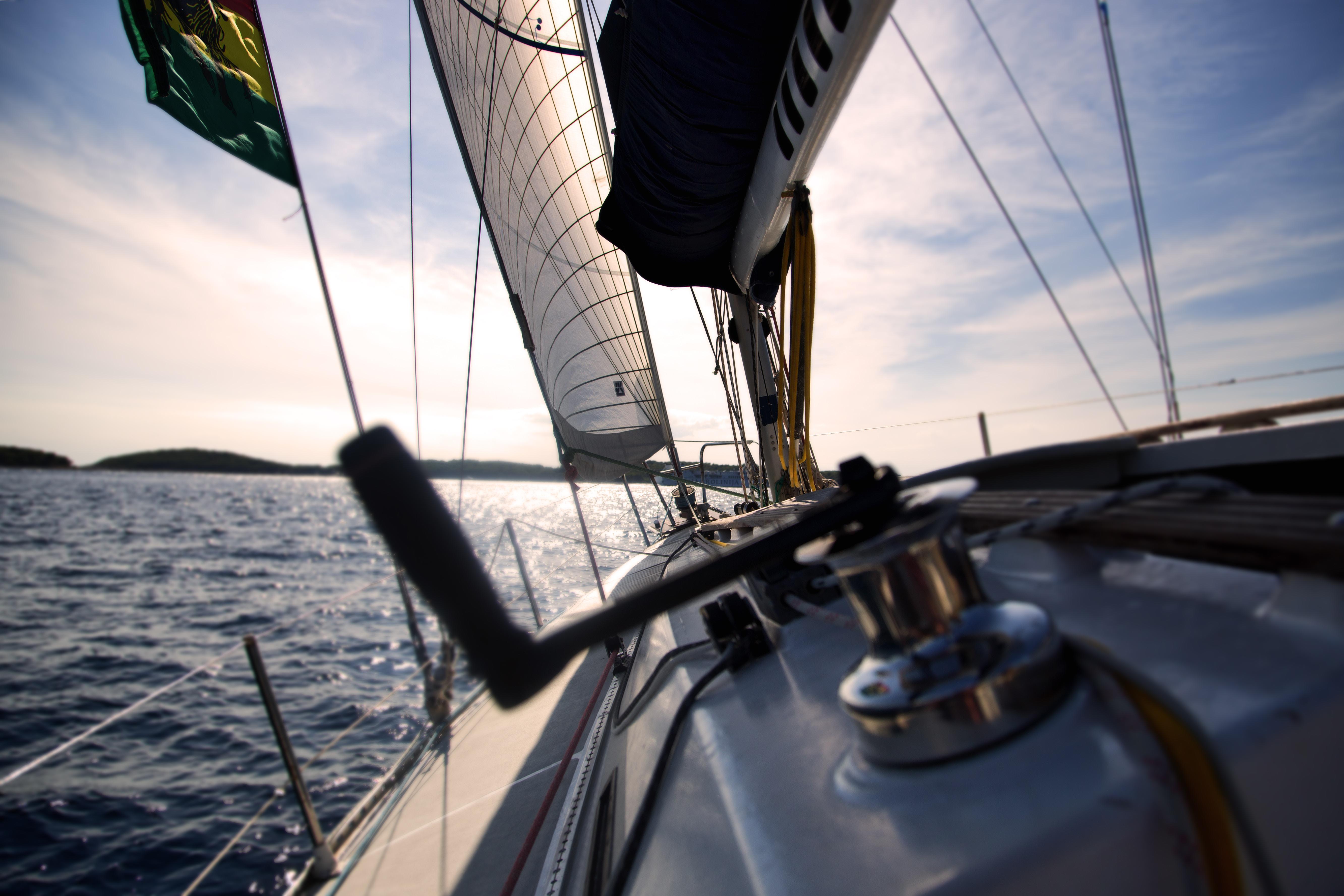

Years ago, salt water was suspected of causing poor performance in some early outerwear products used near the ocean. Later testing proved that poor design and construction were actually to blame.
Salt water does not contaminate, clog the pores, decrease the breathability, alter or harm GORE‑TEX fabric. So sail, paddle and cruise away with confidence! Salt is a desiccant, meaning it attracts moisture and will mask the DWR of the garment. To keep salt from accumulating on your outerwear and attracting water, simply rinse it regularly with fresh water. If you have limited fresh water supplies, even a rinse in sea water will reduce heavy salt accumulations (sea water is approximately 3% salt).
Once this has been done you will need to follow the normal washing and care instructions:
Generally lightweight garments have at least a few of the following attributes or benefits: • BREATHABLE • WATERPROOF or WATER RESISTANT • WINDPROOF • FAST DRYING • MOISTURE WICKING • WRINKLE RESISTANT • PACKABLE Given the types of yarns used in lightweight garments they tend to wash very easily and are quick drying, making them suitable for most highly aerobic, fast paced outdoor adventure. A couple of tips to remember when washing your lightweight garments.
• Before laundering your garment, if there are zip closures, ensure that they are all completely closed including: the front closure, pockets and pit zips, and fasten all flaps and straps.
• Before hanging out your garments roll items in a towel and gently squeeze out the excess water, this will speed up the drying process.
• Hang dry your garments, depending on the fabric they should dry very quickly given the lightweight nature of the fabrics used in the industry today.
• Hanging the garments out will also help to minimise the wrinkles.
• Then follow the manufacturers instructions on the inside of your garment.
Given the types of yarns used in lightweight garments they tend to wash very easily and are quick drying, making them suitable for most highly aerobic, fast paced outdoor adventure. A couple of tips to remember when washing your lightweight garments.
• Before laundering your garment, if there are zip closures, ensure that they are all completely closed including: the front closure, pockets and pit zips, and fasten all flaps and straps.
• Before hanging out your garments roll items in a towel and gently squeeze out the excess water, this will speed up the drying process.
• Hang dry your garments, depending on the fabric they should dry very quickly given the lightweight nature of the fabrics used in the industry today.
• Hanging the garments out will also help to minimise the wrinkles.
• Then follow the manufacturers instructions on the inside of your garment.

Wash
Machine wash on a warm permanent press cycle (105º F/40º C) using a small amount of liquid detergent. For waterproof garments such as GORE‑TEX garments rinse twice, minimize spinning to reduce creasing. Do not use powder detergents or any products that contain fabric softeners, conditioners, stain removers or bleach as they will affect garment performance. Do not wash with heavily soiled clothing.
Bleach
Do not use chlorine bleach.Dry
Line dry your garment, or tumble dry it on a warm, gentle cycle. For GORE‑TEX Garments, once they are dry, tumble dry your garment for 20 minutes to reactivate the durable water-repellent (DWR) treatment on the outer fabric.Iron
If unable to tumble dry, iron the dry garment on gentle setting (warm, no steam) by placing a towel or cloth between the garment and the iron. This will help reactivate the DWR treatment on your garment’s outer fabric.
Dry Clean
Gore recommends home laundering. If professional dry cleaning is necessary, request that the cleaner use clear distilled hydrocarbon solvent for rinsing and then spray DWR on the garment’s outer fabric before drying. Follow garment manufacturer’s instructions.Water Repellent Treatment
When the factory applied treatment can no longer be reactivated to your GORE‑TEX garment, apply a new water-repellent treatment (available at local outdoor retailers) to the garment’s outer fabric.You may also enjoy
View all articles in this category
Uncategorized
“I run like a diesel”
Three years ago Daniel Jung was still a very successful mountain biker. In 2015 the man from Italy's South Tyrol changed disciplines and swapped his bike for a pair of running shoes. The 34-year-old

no category
USING MENTAL STRENGTH TO PUSH YOURSELF HARDER
A brutal run of 263 km with almost 30,000 m of ascent as part of the GORE‑TEX Transalpine-Run - why would anyone want to do that within a week?

no category
Do-it-yourself GORE‑TEX jacket repairs
What can you do when your GORE‑TEX jacket is damaged? You don’t need a degree in textile technology to successfully fix a little accident.


